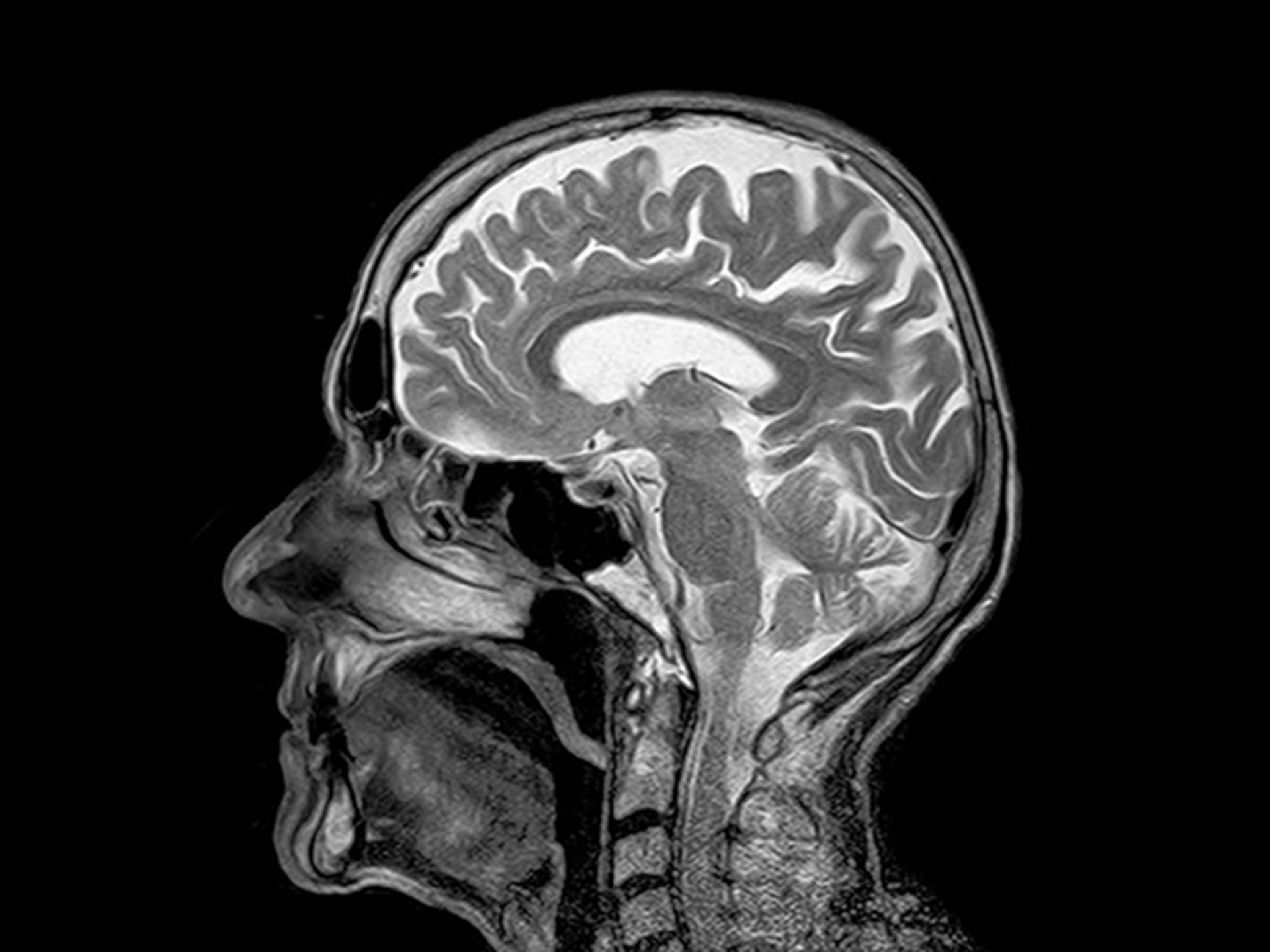Grouping magnetic resonance imaging data into clusters could detect treatment-resistant cores inside head and neck tumours, a new study shows.
Scientists at the Institute of Cancer Research, London, took MRI scans of patients with head and neck cancer, and found that the new technique could identify parts of tumours that did not seem to respond well to treatment.
The technique, which uses two types of MRI to group together parts of the tumour with similar properties, was able to separate patients’ tumours into areas that responded to treatment, and those that didn’t.
The findings could help doctors monitor treatment outcomes, and tailor a patient’s therapy to the unique biology of their cancer.
The study, which was published in the journal PLOS One, was funded by the Cancer Research UK and the EPSRC Cancer Imaging Centre, with additional support from the NIHR Biomedical Research Centre and Clinical Research Facility in Imaging at The Royal Marsden NHS Foundation Trust and the ICR.
One of the challenges of managing patients with head and neck cancer is the difficulty of predicting how patients will respond to treatment because of differences in tumour biology.
MRI can provide doctors with a wealth of useful information about a tumour’s shape and internal structures such as blood vessels, but standard scans struggle to pick up much information about the biology of a tumour.
Mutations in individual cancer cells can lead to populations of cells that react in different ways to treatment, and lead to resistance developing, so being able to visualise changes in biological properties could be useful for doctors.
ICR scientists took MRIs of nine patients being treated for head and neck cancer with chemoradiotherapy and used their new clustering technique to measure changes between scans before and after treatment.
They found the technique grouped the MRI data into four clusters, which could pick out tumour tissue that responded to treatment from tissue that didn’t.
In patients, the clusters of tissue which responded to treatment also displayed a good blood supply, aiding drug access, while areas of the tumour that didn’t respond had a poor blood supply.
Study leader Professor Martin Leach, Co-director of the Cancer Research UK Cancer Imaging Centre at the ICR, said: “Tumour heterogeneity is a major factor in outcome for patients with head and neck cancer because different tissues in tumours can have distinct biological properties, which can affect how well the patient responds to treatment.
“This pilot study shows that by using two functional MRI techniques, we can group MRI data from head and neck cancer patients into clusters that are linked to treatment response.
“Larger studies are needed, but by using this clustering technique doctors could predict which patients will respond to treatment, or identify areas of tumours that are resistant and cha